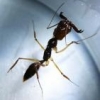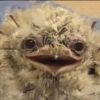(This was before I was told not to do illegal shiz Please don't yell at me, but I think I'm still in team exotics, though I haven't participated in trades though.)
Hey yall!
I have a Formica fusca colony, a Tetramorium sp E colony, and a Lasius niger colony, and Maybe a Camponotus pennsylvanicus/novaboracensis and I was wondering if they could do well together in a 30 or 50 gallon tank which I plan to turn into a natural setup so I can have an ecosystem. My question was do you think that they won't slaughter each other automatically? I understand when they grow bigger, that the colonies will dwindle down, and I plan to take them out before that.



















